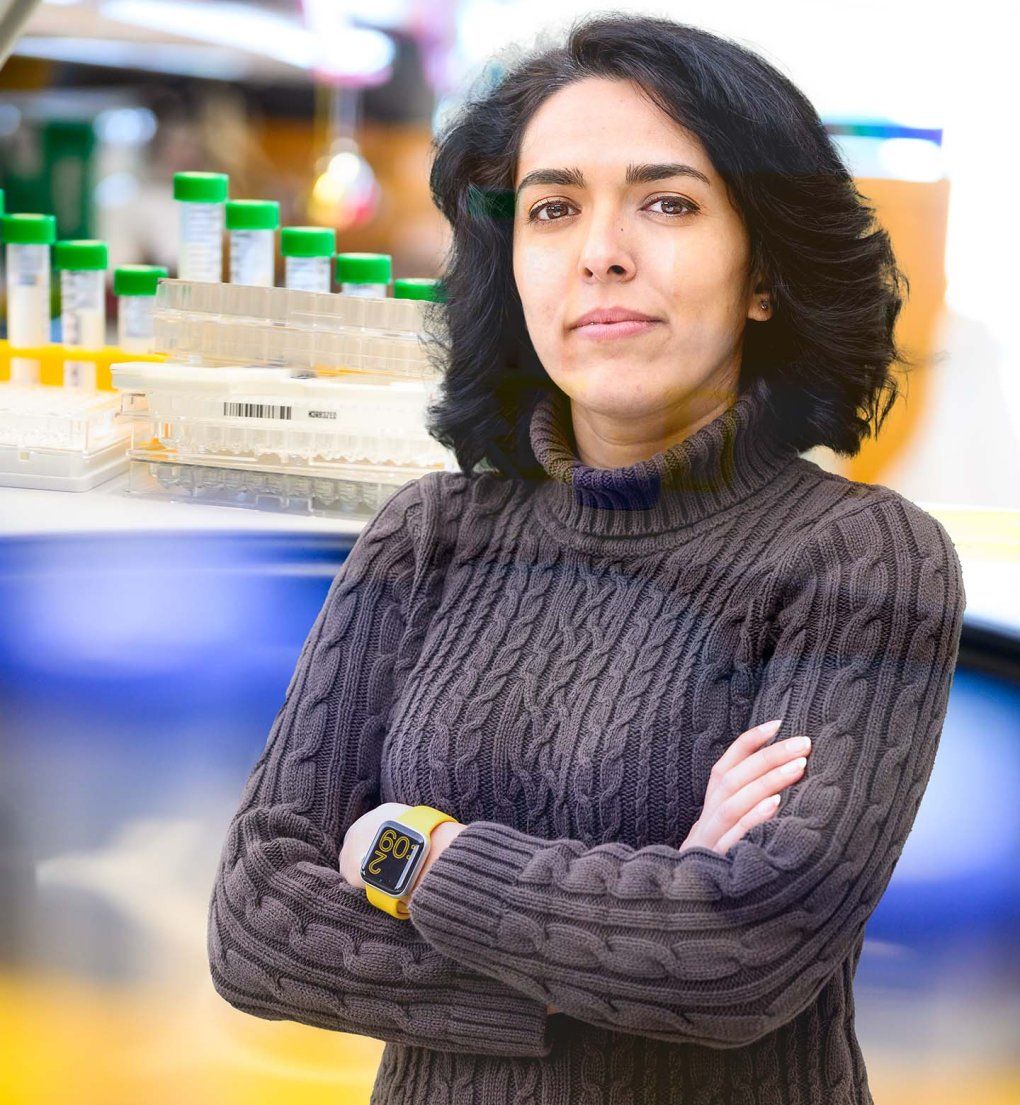This story is one in a series marking International Women and Girls in Science Day. Join us as we celebrate some laboratory leaders taking research to new heights.
In high school, one of Julie Sneddon's best friends had type 1 diabetes. Like the nearly one and a half million other Americans with the disease, her friend's pancreas no longer made insulin - a hormone that regulates sugar levels in the body. Sneddon, PhD, now a UC San Francisco assistant professor of cell and tissue biology, was drawn to research and medicine after seeing her friend's struggles and regularly accompanying her to the school nurse.
Sneddon applied to both graduate school and medical school, in the end choosing the former and research - which she felt offered the best chance to improve patients' lives on a broad scale. As a grad student, she joined a Stanford University lab that was a pioneer in genomics - researching molecules that control tumor growth - and thought she'd found her calling. But on the day of her graduate qualifying exam, Sneddon learned that her high school friend had passed away from diabetes.
"It really heightened my interest in trying to improve the state of affairs for people with type 1 diabetes," says Sneddon. "It felt very personal for me."
After earning a doctoral degree in genomics and biochemistry, Sneddon became a post-doctoral fellow in the lab of renowned diabetes researcher Douglas Melton, PhD, at Harvard University. For Melton, the quest to cure diabetes was also intensely personal; both his children had been diagnosed.
Since the 1970s, clinicians have known that people with type 1 diabetes can be treated by transplanting pancreatic islets - clusters of insulin-producing "beta cells" - from a healthy organ donor. The procedure, however, is limited by a shortage of donors. Melton's group developed a way to increase islet supplies by generating pancreatic beta cells in the lab from stem cells.
Today, Sneddon's group continues to refine this process by coaxing stem cells to reliably develop into functional beta cells that can be transplanted into patients to produce insulin. In 2018, she published an atlas describing the development of each cell in a mouse pancreas. Now, she's repeating the feat for a human pancreas.
"Once we know all the molecular steps and signals it takes for a pancreas to develop in the body, then we can mimic that process more easily with stem cells in a dish," Sneddon says.
With more highly pure and functional lab-grown pancreatic islets to transplant into diabetes patients, Sneddon's team hopes to free patients from daily, repeated blood sugar checks and insulin injections.

NEXT UP:
Can a Leading Laboratory Unlock the Cause of Gastrointestinal Disease?
Faranak Fattahi, PhD, manipulates stem cells to model peripheral nerves.






